|
Daniel Graves
|
||||||||||||||||||
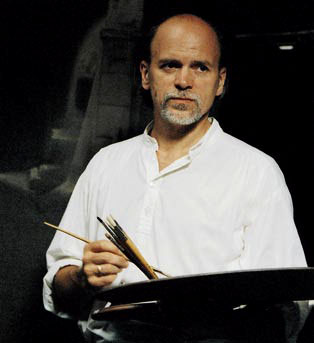 |
||||||||||||||||||
|
Daniel Graves, founder and director of the Florence Academy of Art, exemplifies the Academy’s commitment to the academic tradition and to the importance of receiving instruction from teachers who are also active painters in their own right. Throughout his career, Graves has sought to revive the humanist tradition of realist painting that had been passed down from the old masters, but had been lost in the early 20th century. “I was fortunate enough to come across some of the people with direct connections to the tradition, beginning with my undergraduate years as a student at the Maryland Institute of Art,” Graves wrote in his essay, “Tradition in the 21st Century” (2003). “It was there that I encountered for the first time painters of real caliber, including Joseph Sheppard and Frank Russell, both of whom influenced me very much.” From Sheppard, Graves learned anatomy and a rapid painting technique that was based on Jacques Maroger’s painting method. Graves graduated cum laude from the Maryland Institute College of Art in 1972. He went on to attend the Villa Schifanoia Graduate School of Fine Art in Florence, Italy, where he studied with Richard Serrin. He left Florence to study with Richard Lack at the Atelier Lack in Minnesota, and then returned to Florence to study in the atelier of Nerina Simi. Graves was drawn to Florence, where both art and craft have flourished for centuries. It was there, Graves felt, that the position of man was at the center of thought, that the human body was the focus of art, and that humanist ideals were preserved in museums and churches. While studying in Florence, Graves learned that what is passed on from teacher to student is a language evolved through the centuries, something impossible to transmit except by visual example. After realizing that frustration was common among students unable to find solid training, Graves began teaching in Florence in 1984. In 1991, Graves founded the Florence Academy of Art. The Academy’s program of study is based on the principle that through the intense observation of nature, the study of the old masters, and the use of traditional techniques, students will develop considerable powers of draftsmanship. Graves aims for the highest level of instruction at the Academy to ensure that his students acquire the skills needed to develop a visual language, and, ultimately, create a work of universal relevance. “We are in Florence, and this offers the students the opportunity . . . whenever they leave here, to raise the threshold of their sensibilities, their sensitivity to art and beauty,” Graves said in a filmed interview about the Academy (Grenning 2004). “Painting is in part intellectual, but it has a great deal to do with one’s passion, with what they feel and what they love.” Graves has had numerous solo and group exhibitions in Europe and the United States, and his portraits, interiors, still lifes, and etchings are part of private and public collections worldwide. In 2003, 26 current and former students and teachers of the Florence Academy of Art, including Graves, were featured in the exhibition Realism Revisited at the Panorama Museum in Bad Frankenhausen, Germany. References Graves, Daniel. 2003. Tradition in the 21st century. Realism Revisited - The Florence Academy of Art, 1 February to 27 April 2003. The Panorama Museum (24 July 2004). Grenning, Laura. 2004. Filmed interview with Daniel Graves. Shelter Rock Productions. In The Legacy: a tradition lives on. Produced and directed by Joseph Sheppard. 35 min. Videocassette. |
||||||||||||||||||
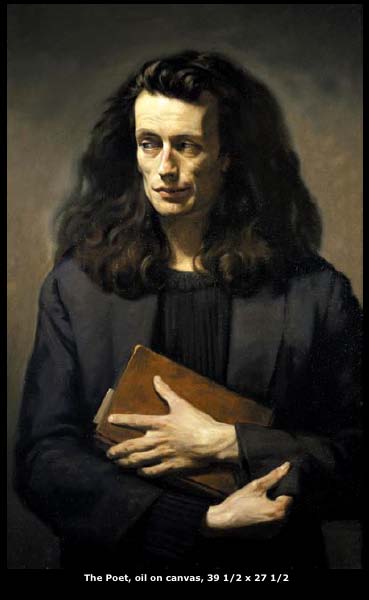 |
||||||||||||||||||
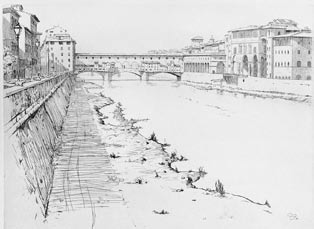 |
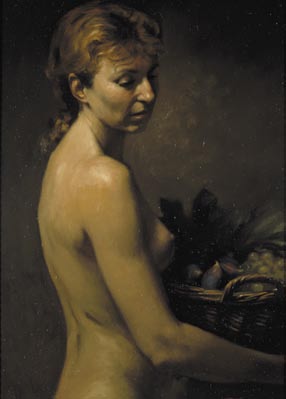 |
|||||||||||||||||
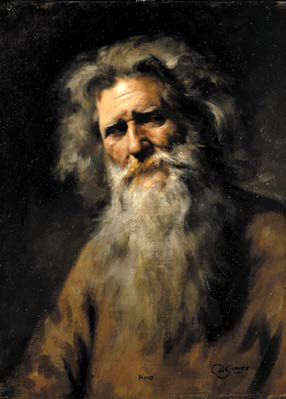 |
||||||||||||||||||
|
Ponte Vecchio, etching, 9 1/2 x 12 3/4
|
||||||||||||||||||
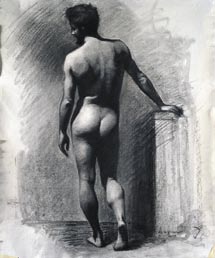 |
||||||||||||||||||
|
Anki, oil on canvas, 31 1/2 x 23 5/8
|
||||||||||||||||||
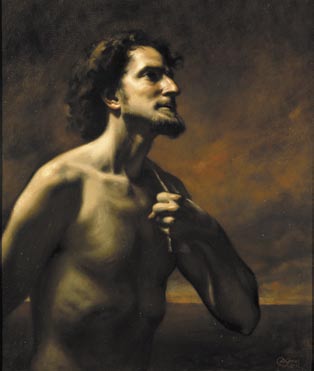 |
||||||||||||||||||
|
Hans, oil on canvas, 15 3/4 x 11 3/4
|
||||||||||||||||||
|
Study of a male nude
charcoal 19 1/2 x 15 1/2 |
||||||||||||||||||
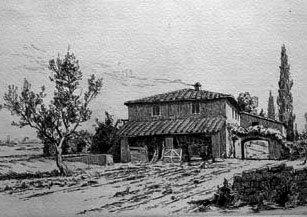 |
||||||||||||||||||
|
The Explorer, oil on canvas, 35 1/2 x 27 1/2
|
||||||||||||||||||
|
Tuscan Farm, etching, 7x10
|
||||||||||||||||||